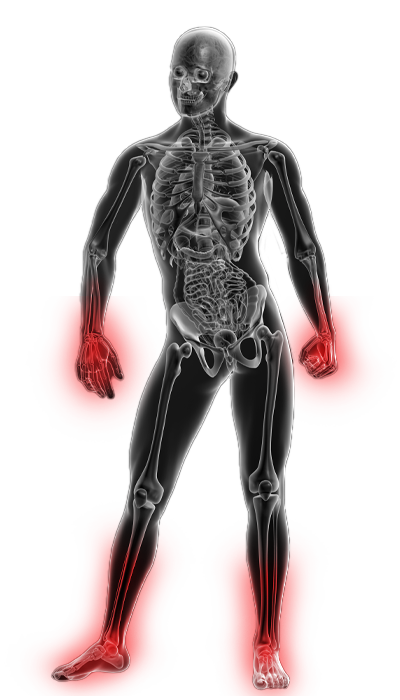
Diabetic neuropathy is a common complication of diabetes that affects millions of individuals worldwide. It occurs when high blood sugar levels damage the nerves, leading to various symptoms, including pain, numbness, and tingling sensations. Living with diabetic neuropathy can be challenging, as the pain can significantly impact daily activities and diminish the overall quality of life. However, with advancements in pain treatment, there are effective strategies available to manage and alleviate the discomfort associated with this condition.
Understanding Diabetic Neuropathy
Diabetic neuropathy refers to nerve damage caused by long-term uncontrolled diabetes. The condition can affect nerves throughout the body but most commonly affects the legs and feet. Over time, persistently high blood sugar levels can injure the blood vessels that supply nutrients to the nerves, leading to nerve dysfunction and subsequent symptoms.
Types of Diabetic Neuropathy:
- Peripheral Neuropathy: This is the most common form of diabetic neuropathy, causing pain, tingling, and numbness in the extremities, particularly the feet and legs. It can also lead to muscle weakness and balance problems.
- Autonomic Neuropathy: This type of neuropathy affects the nerves controlling vital bodily functions, such as digestion, heart rate, and blood pressure. It can cause symptoms like gastrointestinal issues, urinary problems, and cardiovascular abnormalities.
- Proximal Neuropathy: Proximal neuropathy typically affects the hips, thighs, and buttocks. It causes severe pain, muscle weakness, and difficulty with everyday tasks like standing up from a sitting position.
- Focal Neuropathy: Focal neuropathy results in the sudden onset of pain or weakness in specific nerves, most commonly affecting the head, torso, or leg. It can cause intense discomfort and impact specific areas or functions, such as double vision or difficulty focusing.

The Role of Pain Treatment
Effective pain management is crucial for individuals with diabetic neuropathy, as it can significantly improve their quality of life and overall well-being. Here are some common pain treatment options:
- Lumbar Sympathetic Blocks: A lumbar sympathetic block is an injection of steroid medication and local anesthetic into or around your sympathetic nerves to help relieve lower back or leg pain. Sympathetic nerves are located on both sides of your spine, in your lower back.
- Spinal Cord Stimulation: Spinal cord stimulation uses a small device to deliver electrical pulses to the spinal cord, masking pain signals before they reach the brain. It helps people better manage their chronic pain and reduce their use of opioid medications.
- Medications: Several medications can help relieve the pain associated with diabetic neuropathy. Over-the-counter pain relievers like acetaminophen or nonsteroidal anti-inflammatory drugs (NSAIDs) may provide mild relief. In more severe cases, prescription medications such as anticonvulsants, antidepressants, or opioid analgesics may be prescribed. It is essential to work closely with a healthcare professional to find the most suitable medication and dosage for individual needs.
Diabetic neuropathy can be a challenging condition to manage but effective pain management can help individuals significantly improve their quality of life.


